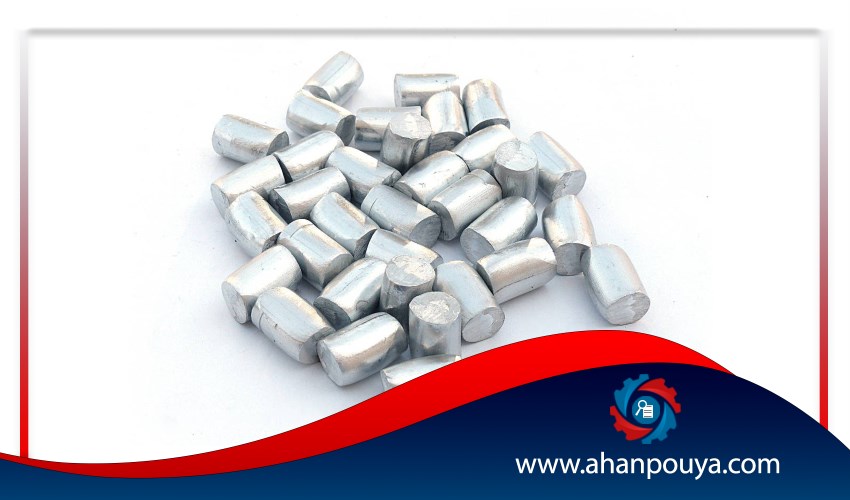
Most of the equipments made of steel , lead , and zinc were plated of tin in order to prevent corrosion .
Tin is one of the oldest metals discovered by man and is an important combination in many widely used alloys, including bronze .
Most of the equipment made of steel , lead , and zinc were plated of tin in order to prevent the corrosion . It is one of the elements of the periodic table with atomic number 50 and is represented by the chemical symbol Sn ( from its Latin root : Stannum ) .
Tin is the 49th most abundant element on earth’s crust , which is extracted from a specific type of rock . It is one of the most widely used metals in the manufacture of metal compounds and industrial alloys . The first tin mining mines , officially built with this purpose , was the cornwall mines located in the south of England . It was a huge business to the Middle East and Europe regions .
Tin is one of the first known metals by man , and used as one of the important bronze components of ancient times . First , 3500 years before Christ in the town of Urr in the south of Mesopotamia , where today we know it as Iraq , Iranian natives have used tin in bronze . The period of using Bronze took 2000 years and to 6000 BC , the metal was not used .
Bronze is actually an alloy of 10 % tin and 90 % copper , and both materials were readily available at the time . In 3300 BC , the Bronze era was quite common in Europe , where some of the finest bronze weapons were created by a group belonging to southern Russia and settled on the Greek plains . The oldest collection of tin discovered so far is a ring and bottle of the dead from the Egyptian cemeteries of the 18th dynasty ( 1580 - 1350 BC ) .
There are several papyrus in Egyptian authorities pointing out tin .
When tin resources were discovered in England, the traders carried the precious metal to the Mediterranean, but kept its source , secret . At that time tin was so valuable that in 43 AD , the most motivation for the attack on Britain was control of tin trade . The Romans regarded the access to British mines as one of the advantages of winning the islands .
So , after the conquest of the island, they controlled the world's largest supply of tin metal . The use of tin for plating dates back to the Roman empire , when the copper plates were covered with a layer of tin to make their appearance better . However , the advent of tin plated plates , in central Europe took place in 1300s .
However , the scientific history of tin began in 1810 .
The crystals of tin are silver colored and are very similar in appearance and color to silver .
This metal is very flexible and bent . Tin , unlike other metals , is soft and weak but it has good ductility . Tin is so resistant to erosion and is not oxidized in reaction to air . Due to this , tin metal is used as the cover and compound material in many metallic structures .
Because it prevents the structure of the main metal from being oxidized . It is noteworthy that tin is losing resistance to strong acids , alkaline substances and acid salts . Thus , it readily reacts and oxidized . The tin oxides are white and tiny , and is called tin salt .
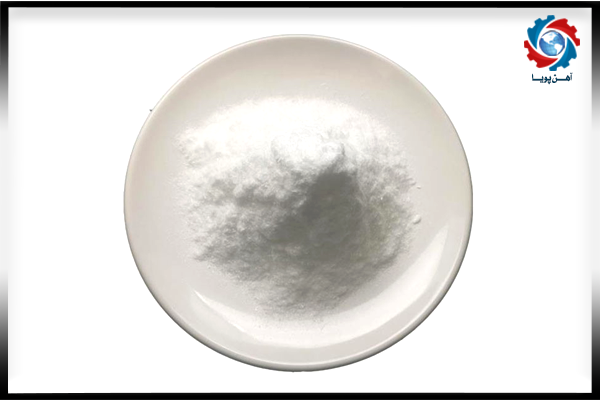
In ancient times , tin was used in the manufacture of brass coins and copper dishes . This prevents production of toxins from copper oxide due to heat . It is still used to make metal containers of tin to cover the main metal of the vessels . Tin metal is used to cover metals such as lead , zinc and steel . The alloys creates from tin derivations including Bronze , Babbitt , Phosphorus and white stainless steel .
Today one of the most common uses of tin metal is fabrication of tin wires for soldering of electronic components . The tin wires made from the combination of 60 % of tin and 40 % of lead .
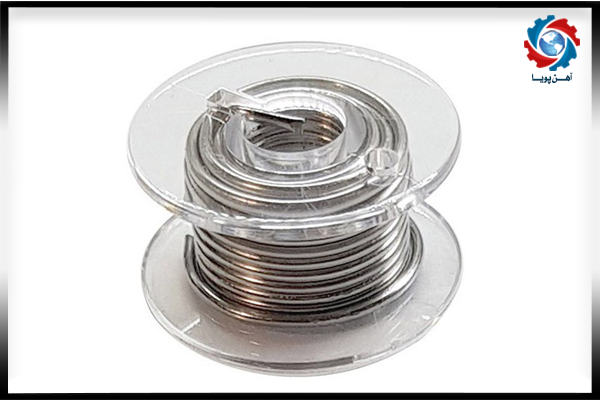
The tin metal and its oxides used in manufacturer of insulator glass against frost and mist , plastic , production of print colors and cans .
Tin resources in Iran & the world
The proven resources which have already been estimated for this metal are around 4 million and 700 thousand tons , the largest of which is located in Asia and specially in Eastern Asia . Chinahas the largest mineral resources in the world with 23% of its mineral reserves .
According to the U.S. Geological Survey data, the country's proven reserves estimated at 1 million and 100 thousand tons by 2019. After this country, Indonesia, Brazil, Australia, Bolivia, Russia and Malaysia have the largest resources in the world .
Production of this metal is very common from recycled products .
In such a way that between 15 and 19 percent of this metal is supplied from recycled & scraps resources , the remains is extracted from mineral productions . China has the world's highest production capacity as a country with the largest reserves . The country produced about 29 % of the world production by producing 90 thousand tons of tin in 2018 . After that Indonesia , Myanmar, Bolivia and Brazil are the world's highest production levels .
In our country , Iran , several points have been identified in terms of efficiency of tin reserves .
Khorasan province , Isfahan province , East Azerbaijan province as well as Sanandaj city are some areas which have tin resources in it .
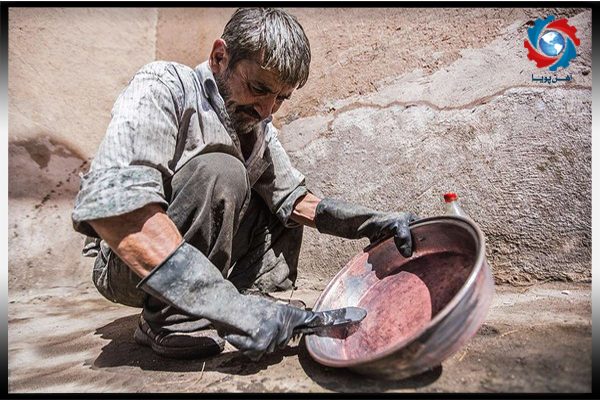
The effects of tin are different in different conditions . These effects depend on the amount and concentration of the material that tin is inserted into the body . Usually tin is absorbed through the food , respiration , tin vapours , and skin contact . The amount of tin absorbed in the human body produces different effects .
These effects can be attributed to the burning of the eye , headache , stomach pain , dizziness and disturbing breathing .
In some people , these effects are more severe and cause damage to liver tissue , reduce the immunity of body and brain anomalies .
The tin absorbed in water is also very dangerous for aquatic animals .
These effects can be referred to as the destruction of fungi , algae and plankton . These creatures have the task of producing oxygen in the wate r, and the absence of them causes the destruction of aquatic animals . Also fish interfere with the growth of ovules , reproduction , and diet .
You may imagine tin is completely safe and does not cause problems for human health .
However , if the amount of this metal exceeds the limit , it poses a serious threat to human health .
However , in short term effects it involves burning of eyes and skin , dizziness and pain in various organs and chronic effects , as the immune system weakens, damage to various organs, including liver and depression .
Therefore , try to avoid eating more than canned foods or eating regularly with tin-covered vessels .
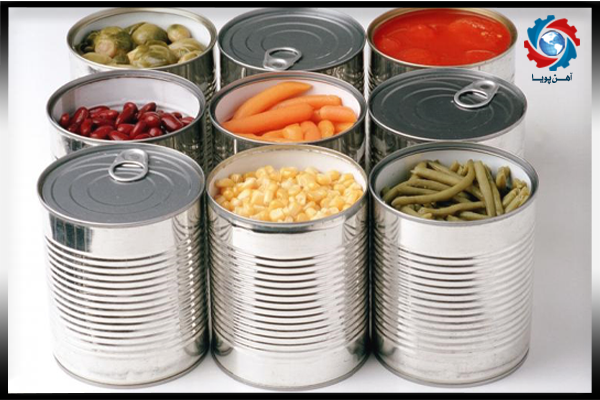

Ahan Pouya with more than a decade of best-selling experience, adheres to professional and ethical principles in the field of selling and buying at inside and outside the borders of Iran, helping you in the steel industry.